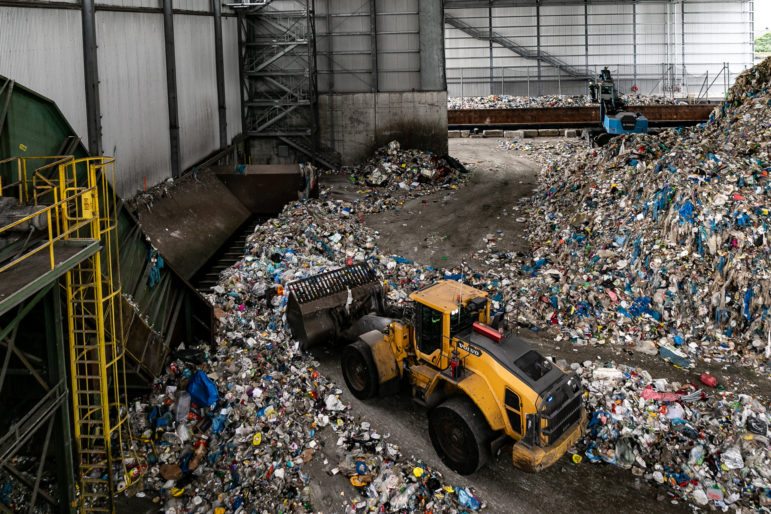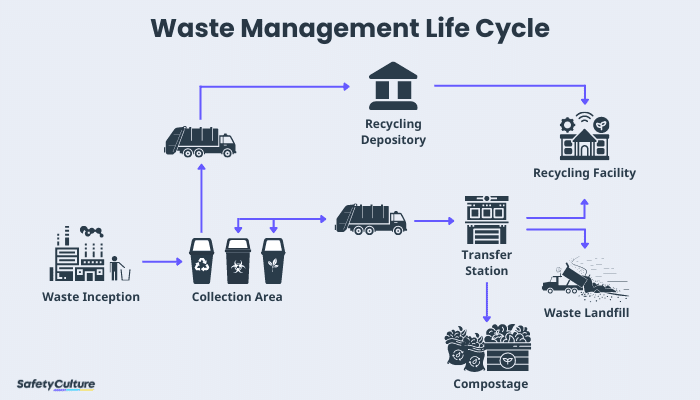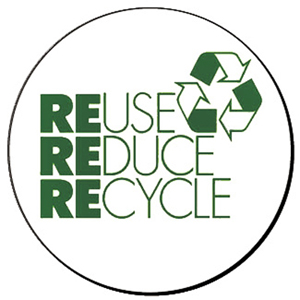Why Pick Recycling Lives Services for Your Waste Administration Needs
Why Pick Recycling Lives Services for Your Waste Administration Needs
Blog Article
Exploring Various Types of Waste in Modern Waste Management Systems
The contemporary landscape of waste administration includes navigating a complex array of waste types, each needing specialized handling and disposal methods to reduce environmental impacts. Municipal strong waste, unsafe waste, electronic waste, and organic waste each existing distinctive difficulties and possibilities for source recuperation.
Community Strong Waste
Metropolitan solid waste, usually referred to as household trash or waste, includes a selection of discarded materials produced by household, commercial, and institutional resources within a municipality. This waste stream usually consists of products such as product packaging, food scraps, backyard trimmings, paper, plastics, textiles, and disposed of household products. The management of metropolitan solid waste is a vital part of metropolitan planning and public health, necessitating effective collection, transport, and disposal systems.
Reliable waste monitoring systems are made to lessen ecological effect while making best use of source recovery. This commonly includes a mix of approaches consisting of recycling, landfilling, and composting. Recycling programs target products like paper, glass, steels, and certain plastics, diverting them from landfills and reintroducing them right into the manufacturing cycle. Composting organic waste, such as food scraps and yard trimmings, not just lowers land fill usage but likewise produces valuable dirt changes.
Districts need to additionally attend to the logistical and financial obstacles linked with waste administration. Implementing pay-as-you-throw systems, boosting public recognition, and purchasing modern technology can substantially improve waste diversion prices. By integrating these techniques, districts can cultivate sustainable neighborhoods, reduce greenhouse gas discharges, and save natural deposits.
Contaminated Materials

Reliable contaminated materials monitoring involves several important steps: recognition, partition, disposal, and therapy. Recognition requires the category of waste based on its unsafe residential properties. Partition ensures that unsafe products are kept separately from non-hazardous waste to stop cross-contamination. Therapy methods, such as chemical neutralization, incineration, and stabilization, are employed to minimize the poisoning, volume, or movement of the waste. Disposal alternatives, consisting of secure garbage dumps and underground storage space, are selected to guarantee lasting containment.
Regulatory structures, such as the Resource Preservation and Healing Act (RCRA) in the United States, offer guidelines and criteria for unsafe waste administration. Adherence to these guidelines, combined with improvements in waste treatment innovations, is necessary in reducing the risks connected with hazardous waste.
Electronic Waste
Electronic waste, frequently referred to as e-waste, represents a swiftly expanding difficulty in waste administration systems around the world. This kind of waste encompasses disposed of digital tools and equipment such as smart devices, computers, televisions, and various other electronic devices. The fast pace of technical development, coupled with decreasing product life-spans and consumer need for the latest devices, has actually significantly enhanced the quantity of e-waste generated annually.
E-waste is especially troublesome because of its complex structure, commonly consisting of unsafe substances like lead, cadmium, and mercury, which position considerable environmental and wellness risks otherwise appropriately taken care of. On the other hand, e-waste likewise has beneficial materials such as gold, silver, and copper, which can be recouped and reused. The dual nature of e-waste-- both beneficial and unsafe-- requires customized handling, recycling, and disposal procedures.
Efficient e-waste administration includes stringent regulative structures, durable collection systems, and progressed recycling technologies. Public recognition and involvement are important, as incorrect disposal practices, such as prohibited disposing and casual recycling, aggravate ecological contamination and carcinogen. Subsequently, boosting e-waste administration practices is crucial for minimizing eco-friendly impact and recuperating important sources in an increasingly digital world.

Organic Waste
Organic waste, consisting of cooking area scraps, yard trimmings, and farming deposits, stands for a substantial portion of the global waste stream. This kind of waste is naturally degradable, implying it can be damaged down by bacteria right into easier natural compounds. Despite its capacity for natural decay, incorrect monitoring of organic waste can cause damaging environmental influences, consisting of the discharge of greenhouse gases such as methane, which add to environment change.
Effective administration of organic waste is important for decreasing these environmental influences (recycling lives services). Composting is a commonly embraced technique, transforming natural waste into nutrient-rich garden compost that can improve dirt health and farming efficiency. In addition, anaerobic food digestion is an arising modern technology that converts natural waste right into biogas, a renewable resource source, and digestate, which can be utilized as plant food
Municipalities and waste administration entities need to apply robust natural waste collection and treatment programs to optimize the benefits of these procedures. Public education projects can additionally play an essential duty in encouraging households and services to separate organic waste from various other kinds of waste. By focusing on the administration of natural waste, cultures can reduce land fill use, lower greenhouse gas discharges, and create beneficial byproducts for farming usage.

Innovative Waste Monitoring
In the world of waste monitoring, innovative techniques are transforming exactly how societies handle their refuse, aiming for sustainability and efficiency. One prominent advancement is the execution of wise waste bins geared up with sensing units that keep an eye on fill levels and optimize collection routes.
An additional significant advancement is the fostering of waste-to-energy (WtE) modern technologies. By transforming non-recyclable waste right into useful energy via procedures such as incineration and anaerobic food digestion, WtE lowers garbage dump problem and supplies a renewable resource source. Innovations in chemical recycling allow for the breakdown of complicated plastics right into their initial monomers, making it my review here possible for the creation of new, high-grade plastic items.
Moreover, the circular economic situation version is obtaining grip, highlighting the style of products and systems that prioritize reusability and source effectiveness. This holistic technique here urges industries to lessen waste generation from the outset. Via these innovative approaches, modern waste monitoring systems are not only attending to the instant difficulties of garbage disposal however additionally leading the way for an extra sustainable future.
Conclusion
A detailed understanding of local strong waste, hazardous waste, digital waste, and organic waste, paired with the application of innovative waste administration services, is necessary for alleviating environmental effects. Integrating technologies such as clever waste bins and waste-to-energy systems can enhance performance and sustainability. Reliable waste management approaches not just foster resource healing but likewise promote public understanding and involvement, eventually adding to the development of a circular economic situation.
The modern landscape of waste monitoring involves browsing a complicated range of waste types, each calling for specialized handling and disposal methods to minimize environmental effects. Local strong waste, hazardous waste, digital waste, and natural waste each Going Here existing unique difficulties and chances for resource recuperation.Digital waste, commonly referred to as e-waste, stands for a rapidly expanding obstacle in waste management systems globally. Through these cutting-edge methods, modern waste management systems are not just dealing with the immediate challenges of waste disposal however additionally paving the method for an extra lasting future.
An extensive understanding of local strong waste, unsafe waste, digital waste, and natural waste, coupled with the implementation of cutting-edge waste management services, is essential for minimizing ecological effects. (recycling lives services)
Report this page